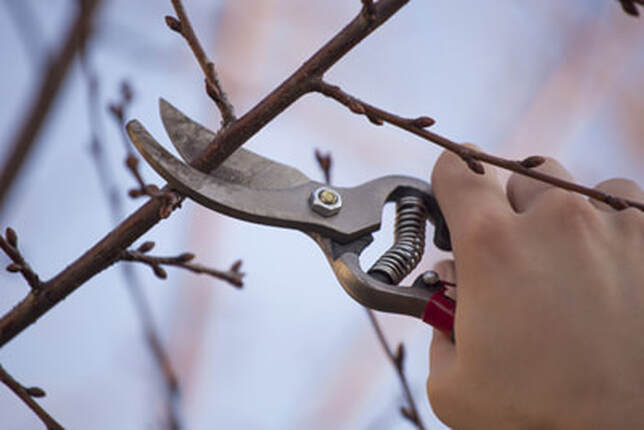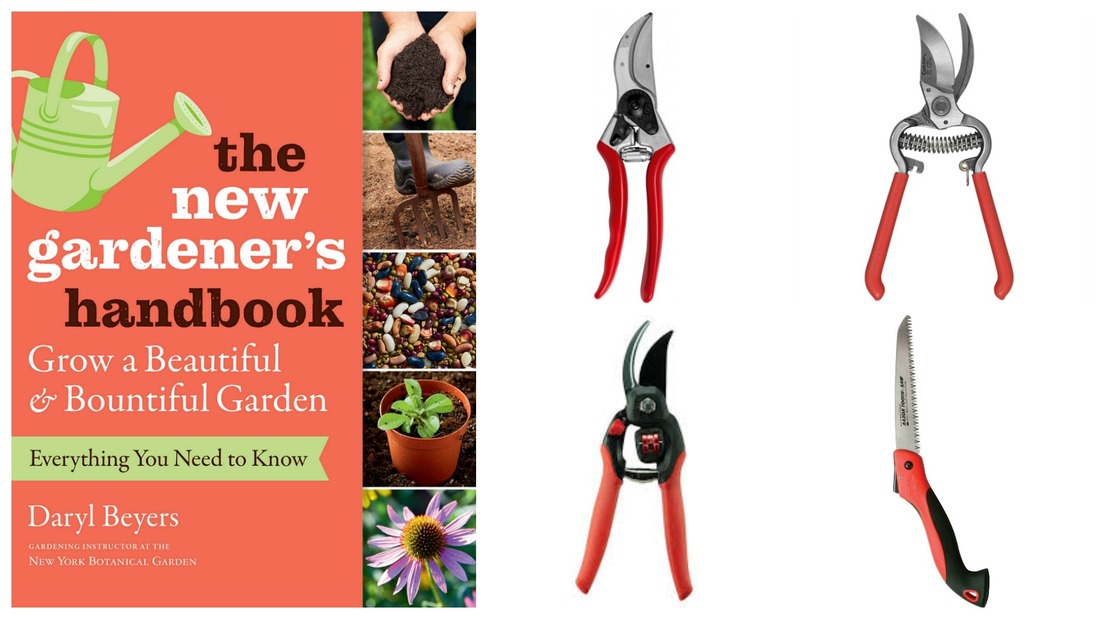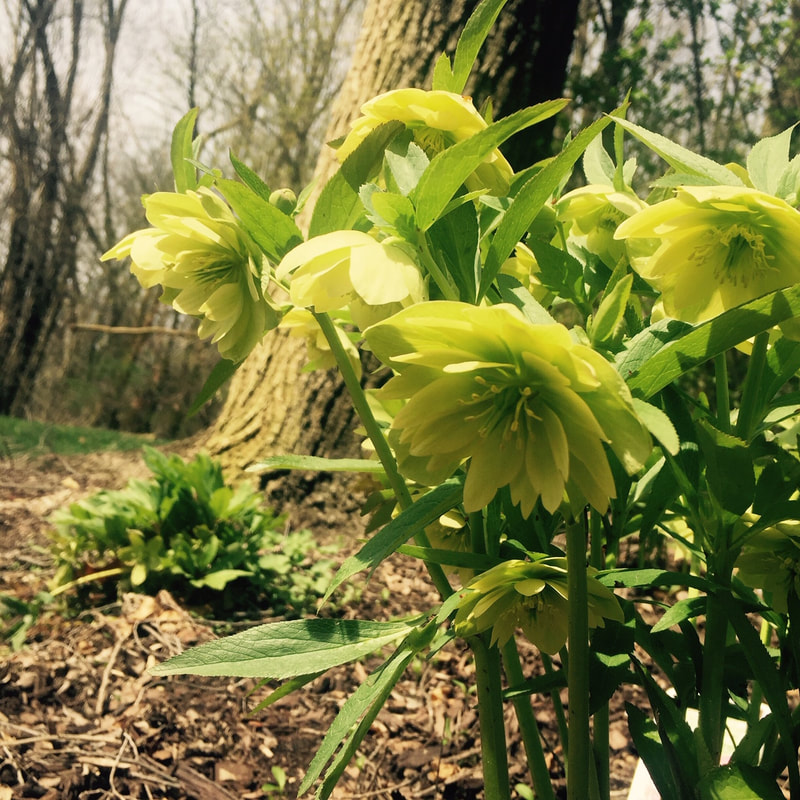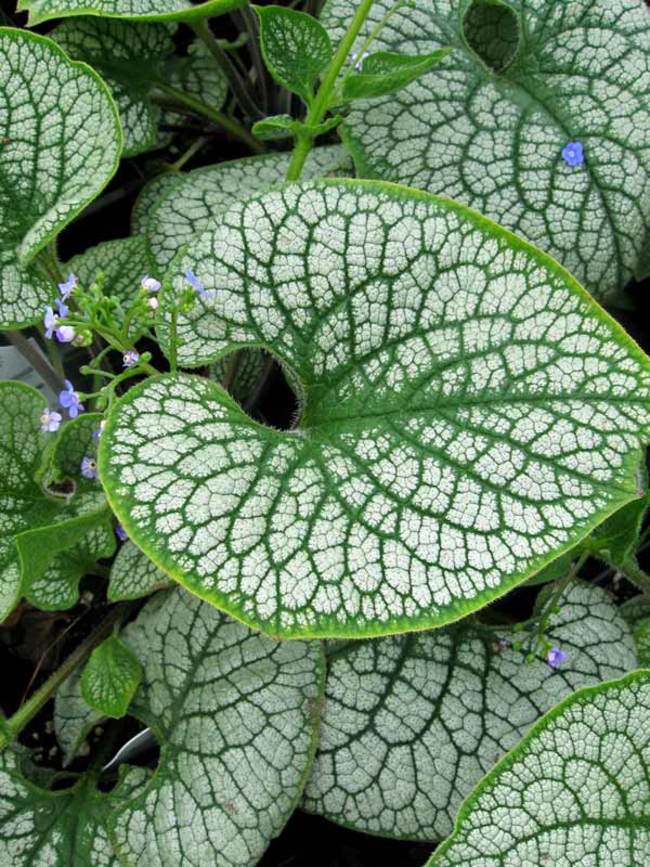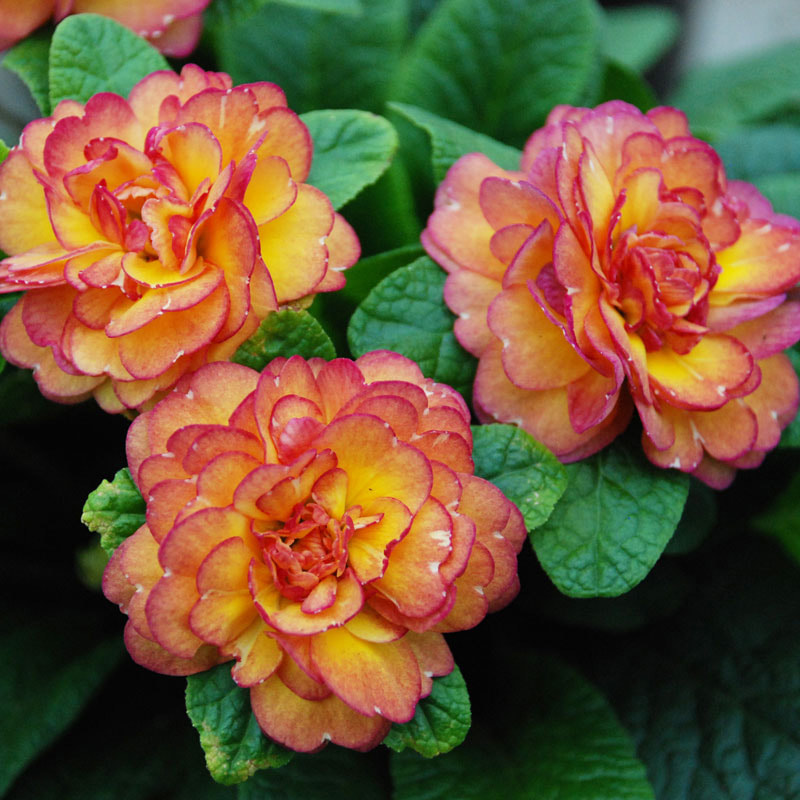|
3/9/2020 4 Comments Spring PruningEvery year about this time, gardeners stand in their yards with pruners in hand ready to cut, whack, saw, and do the meatball. But wait. Not all woody plants should be pruned the same way or at the same time. Other gardeners are intimidated with pruning, get out the hedge sheers or prefer to do nothing. No matter which you are, these helpful tips will boost your confidence and arm you with the know-how to make the right cuts. Pruning Basics
The Unprunables * Some shrubs can be intimidating even for experienced gardeners. Elderberry, Flowering Quince, Forsythia, Mock Orange, and Weigela can be pruned using three different techniques. One is known as rejuvenation which involves cutting all the branches back hard to about 6 inches from the ground. This stimulates an explosion of new growth and is best used when shrubs have grown out of control. If this is too drastic for you, break it into a three-year plan. Every year for three years, remove one-third of the oldest canes to the ground level. By year three, you'll have a completely new, nicely-shaped, healthy shrub. The other two methods for the unprunables are described here. Other Tips & Resources
Fruit Tree Care in Spring
We get lots of questions every spring about fruit trees, including when and how to prune. The following should help answer your questions:
Tracy Hankwitz, horticulturist and General Manager at Burlington Garden Center.
4 Comments
After winter’s long hold, the first signs of spring are the sweetest. Despite the transitioning temperature swings as the two seasons duke it out, a late snow or frost will not hurt early-emerging perennials. Imagine the ground thawing, birds singing, and the sun warming as we walk through the shade garden in early spring. Prepare yourself for the thrill of excitement that only nature can provide. . . One of the first to awaken is the Lenten Rose (Helleborus). In mid-March, brush away the layers of leaf mulch and you’ll find new leaves emerging followed quickly with whites, creams, pastels or deep purple flower buds low hidden under last year's foliage. As the ground warms, foliage and flowers expand to their full glorious selves rising to 12-24 inches. A new one to look for is H. 'Sun Flare'. Plant them along a pathway and on a slight slope in part shade to keep them happy. Though Hellebores can be pricey, the reward is well worth it. Following quickly on their heels is Lungwort (Pulmonaria). Delicate blossoms range from white to shades of raspberry. Their attractive leaves are speckled, spotted, or splashed with silver and will expand as the season progresses making this shade perennial a good alternative to Hostas. 'Twinkle Toes' is a delightful variety that sparkles in the shade. A fascinating change happens to the flowers when pollinated. After a bumblebee nestles in to collect nectar, the flower changes color, signaling to other pollinators to find another bloom. Isn’t nature fun? A lovely companion to the pinks and purples of Lenten Rose and Lungwort are the sky-blue dainty flowers of False Forget-me-not (Brunnera). Like her shady sisters, it is flowers before foliage in the spring. The species will often reseed and after a few years, the garden will be a sea of blue. Once the initial show is done, the foliage expands into attractive hearts that grace the landscape. Look for variegated varieties with white or silver like 'Sea Heart' which won’t spread as quickly. Primroses (Primula) are a seasoned harbinger of spring. Their lovely pastel flowers embody the hope and joy that spring brings. Many Primula species are self-seeding and create a naturalized feel in the shade garden. In addition to the low-growing posies, look for the taller drumstick or candelabra types to add variety. Two other favorites to look for are the apricot, double blossoms of ‘'Nectarine' that will dance their way into your heart, and the frilly, apple-green ‘Francesca’ which blooms a little later than other Primrose. What spring garden would be complete without unfurling fiddleheads? Like a child, I often find myself on my knees with my face pressed in close to capture those fresh, green fronds with my camera. But green is not the only color of ferns. Pepper in the burgundy, lacy foliage of Japanese Painted ferns and all her offspring varieties. They make a lovely contrast to the emerging, broad leaves of Hosta. In the summer, the shade garden cools us with calm, green hues and a mix of bold and fine textures. It’s in spring when she arises and shines with an entirely different color palette. With a few of these early beauties in your landscape, you can more fully experience the excitement of spring as the earth awakens.
Tracy Hankwitz is a horticulturist and general manager at Burlington Garden Center. |
|
|
STORE INFO
5205 Mormon Road Burlington, WI 53105 262.763.2153 |

